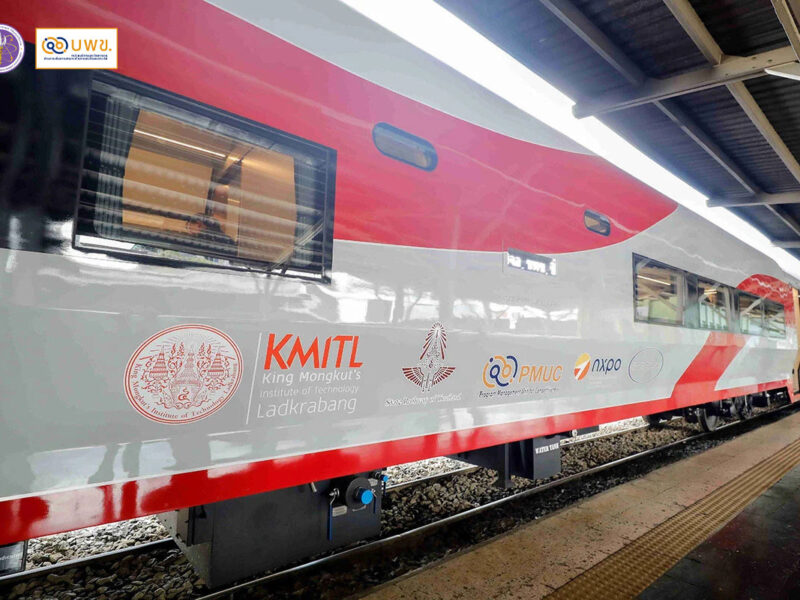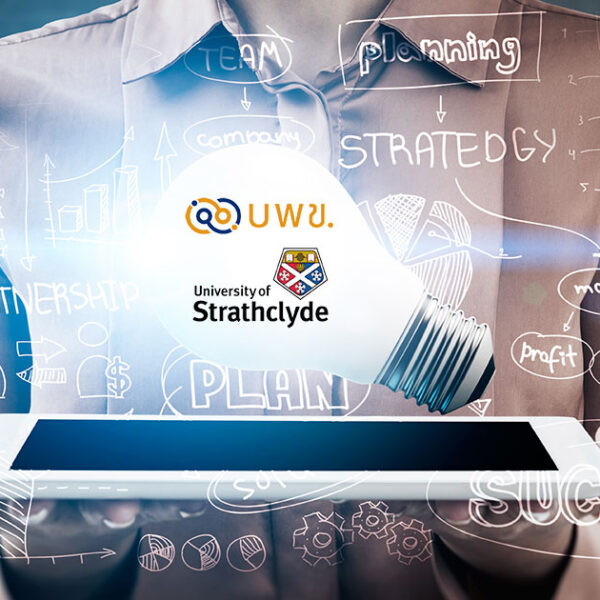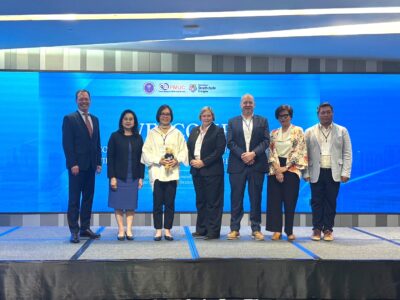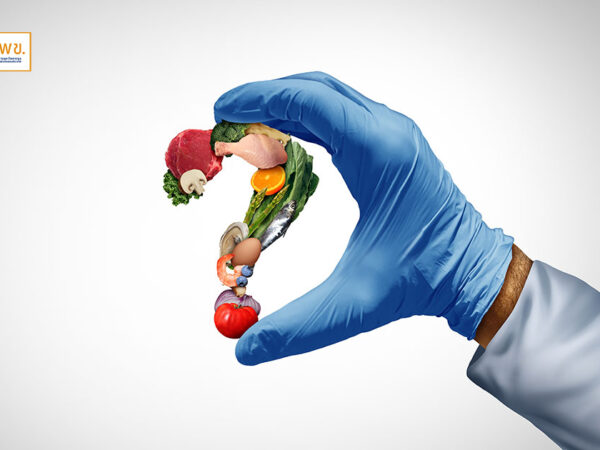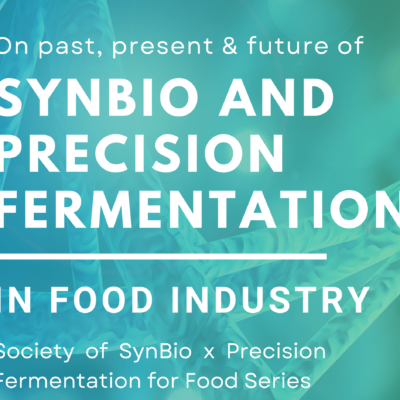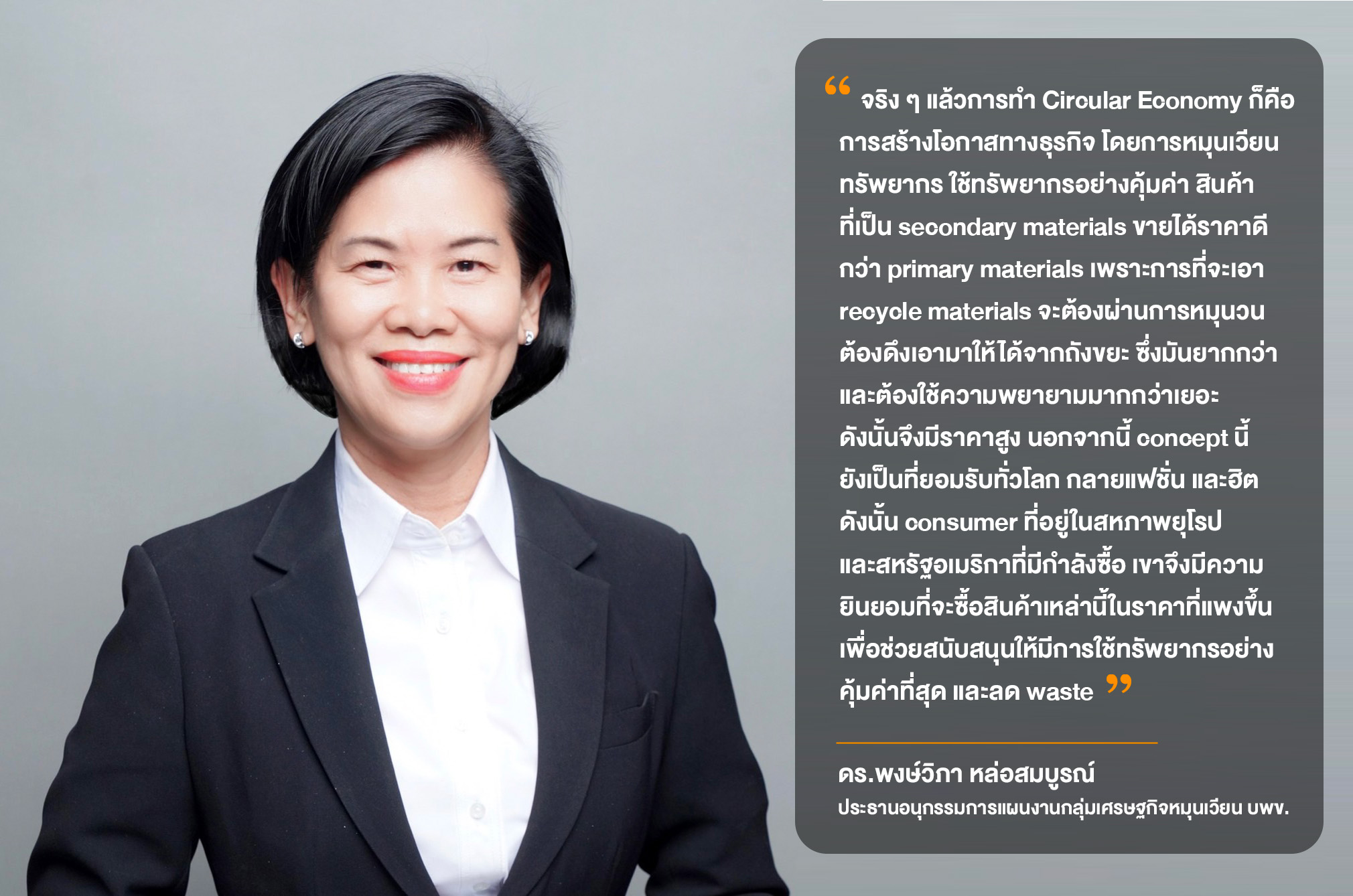
Today we have the opportunity to speak with Dr. Pongwipa Lorsomboon, the new chairman of the Circular Economy Subcommittee, PMUC, who has just been appointed to the office to carry on the original intentions of Assoc. Prof. Thamronrat Mungcharoen, Ph.D., the previous chairman of the Circular Economy subcommittee, whose term ended in late September 2022. Dr. Pongwipa specializes in climate change, product life cycle assessment, and the environmental labeling system. Today, the PMUC team took the opportunity to interview and talk to Dr. Pongwipa about the following issues:
Challenges of working as chairman of the Circular Economy subcommittee at PMUC.
Dr. Pongwipha told the team that although the term Circular Economy (CE) may sound new, but it has been with Thai society for a long time. It’s just not been widely referred to as circular economy. In the past, we already knew about reusing, recycling or making efforts to reduce resource consumption. But when it comes to the national policy, it is the BCG policy (Bio-Circular-Green Economy: BCG Model), which is the “national agenda” for the country, for which the Prime Minister has initiated a policy guideline in 2021. Consequently, PMUC has followed this initiative by employing a team led by Assoc. Prof. Thamronrat Mungcharoen, Ph.D., former chairman of the Circular Economy
Subcommittee, who made great progress in driving the initiative. For example, in year 2020, we promoted formation of 13 circular economy-related projects within the very first year of implementing the initiative. In 2021, there were 36 more projects added, and in 2022, about 44 more projects have been funded and still counting.
As the successor to Assoc. Prof. Dr. Thamrongrat, on of the first challenges was how to find a research thesis that responded directly to the country’s overall policy, while at the same time, being something that the private sector was interested in and was ready to invest in. The reason being that in driving the work of the Circular Economy Subcommittee, I want to create a movement that the private sector can contribute to and benefit from the results of the research, while also helping to promote the overall circular economy. After all , a circular economy is not really just about how to manage waste and how to make the most of it, or simply about efficiency in maximizing resource usage. But another key component is how to make it a part of the bigger circular economy. This means it will have to
attract the attention of the private sector, who will play a role in investing in related businesses and providing research funding support, and then using the research results, which we have helped to support, in real commercial application. So the first challenge is finding a research topic, which is an interesting research question and then attracting the interests of the private sector to invest in at least 10%, as per PMUC policy.
The second challenge is how to get other sectors to pay attention, since a circular economy is a matter requiring attention of all sectors involved, including educational institutions, the civil society and other sectors. For example, in the issue of waste management, the civil society should play a role, as well as should the youth sector, which is the future of the nation. So the main challenge is to enable all sectors to understand the principle of circular economy and work together to drive for its ultimate realization.
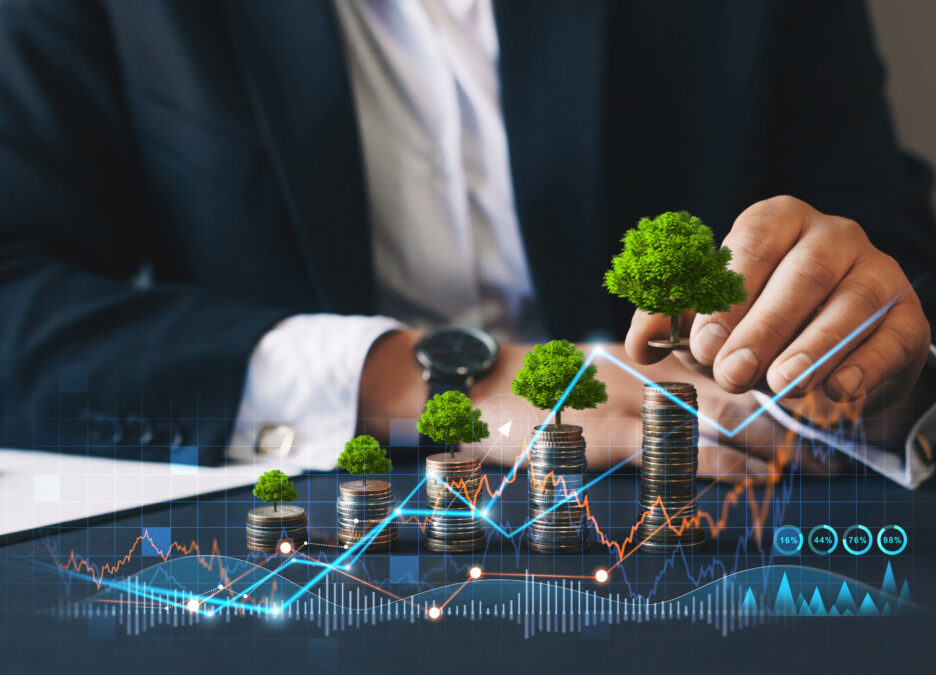
now is how should the country accelerate the development of circular economy? And what are the policies to help drive the country’s circular economy through research funding?
Dr. Pongwipa replied that, with regards to the circular economy, from the discussions within the industry on how to make people understand the circular economy as much as possible, we see that there requires various working models with 4 key principles involved:
- Champion, meaning we must create a model example for every sector to follow;
- The CE Platform is about having relevant information, for example, about the distribution of waste as well as a network collaboration in management of raw material wastes.
- CE Enabler includes all relevant factors that facilitate the creation of a circular economy, whether it be laws, regulations, or other areas related to sustainability.
- CE RDI – development of technology and innovations in the area of secondary materials, which will help to drive business cycles.
Much research is now being pushed to focus on these four components, and in the past focus has been put on three industry groups: food, plastics and building materials. More industry groups need to be added, because in fact, any industry has potential for implementing the circular economy, whether it be the textile industry or export industries. In the end, circular economy is no longer just a theory. Overseas it has become a very important matter.
Last week I had the opportunity to attend a meeting on circular economy standards. It has received a lot of
international attention because it is one of the solutions to our environmental problems. We all know that our resources are limited. At the same time, we have used resources inefficiently, creating a lot of waste that affects our own health.
Therefore, the part that we would like to push forward is the enabler factor, which will encourage more activities in the realm of circular economy. For example, in the second half of the 2566 fiscal year, we are interested in seeing new projects dealing with the greenhouse gas emissions from secondary materials. At present, Thailand has a database on various primary materials, offering information about how each raw material emits greenhouse gases. But because the world society has begun to change, the international markets are demanding more products that are made from secondary materials, meaning those that are recycled from waste. The market players also want to know how much greenhouse gas the recycled waste emits as well as the circular material use rate, etc. Therefore, if we are able to help the private sector to have access to these values, they can then use them in their calculations, and ultimately apply the numbers towards efficient distribution and export of products to foreign markets at higher prices, which is in line with the principle of circular economy. This can also help Thailand in terms of exports. And another thing that I want to push is building a model which everyone can replicate, because some people still don’t know much about the circular economy. Therefore, the important part is creating different models that everyone can use. Once they see it, they will want to do it. Everyone will want to be a CE Champion, and this can propagate on and on.
What do we need to focus on in order to extend research on the circular economy to commercialization and to increase the competitiveness of the country?
Dr. Pongwipa told us about the big name brands that produce clothes and shoes, that what they really need now is some secondary materials, which we call rPET, or recycled PET plastic, which is the raw material that will be used to make textile fibers used in making fashion clothes and sports shoes. Now what the users all want to know is the circular material use rate of the materials that we take from the garbage discarded by Thai people. They want to know the rate of greenhouse gas emission for rPET materials. And ultimately they want to know whether the materials are really recycled from garbage. Is it all really post-consumer? Or what we call traceability, finding out where it came from. If the users can be reassured that the shirts were really made from waste, and the textiles were really made from secondary materials, the prices of the products will be as high as 2-3 times those of “virgin” materials. But how it can be proven, is we need traceability standards to be able to trace
where the materials came from. We need to know that emission factor to know how much greenhouse gases is being emitted. We need to know the material circularity to know how many times these plastics can be recycled. These are the contributing factors that we do not yet have. We know it’s important but we still don’t have it. Therefore, in the research work, the PMUC has put more emphasis on this issue so that people can apply for funding to do more research in this area. While it may be difficult to gain cooperation from the private sector since it is mostly basic research, it might be easier to pursue other venues, such as collaborating with a CE Champion to build a prototype with many models to leverage, whether it be a model that uses plastic as RDF fuel an then reuses it for energy, or the use of materials such as solar panels, which can expire in the future. And when it expires, what will we do with it? How to manage it so that it can circulate back into the circular economy? For these problems, we have to find out who will do what and how to do it, which requires the private sector t make the necessary investments, and to find a champion. Once a champion is found, more people will follow.
In the case of the circular economy in other areas, such as construction materials, Assoc. Prof. Dr. Thamronrat is currently promoting the material circularity but is still not able to cover all areas at this time. In the future our goal is to include all areas and contributing factors so to be able to do complete calculations. Therefore, we must always look at the economic side as well in order to consider providing financial support. An important question is how can these contributing factors help to promote a greater circulation of resources within the country? Or how to apply the circular economy model towards addressing the world’s most pressing issues, one of which is the issue of climate change, since it is a cross-cutting issue. It’s been proven that circular economy will help reduce greenhouse gas emissions, so we may need to focus more on how circular economy reduces greenhouse gas emissions, and approach the problem from research standpoint. It will help Thailand, not only show that we can use materials efficiently to maintain the highest value in the system, but we also help to reduce waste as well as help to reduce the country’s greenhouse gas emissions.


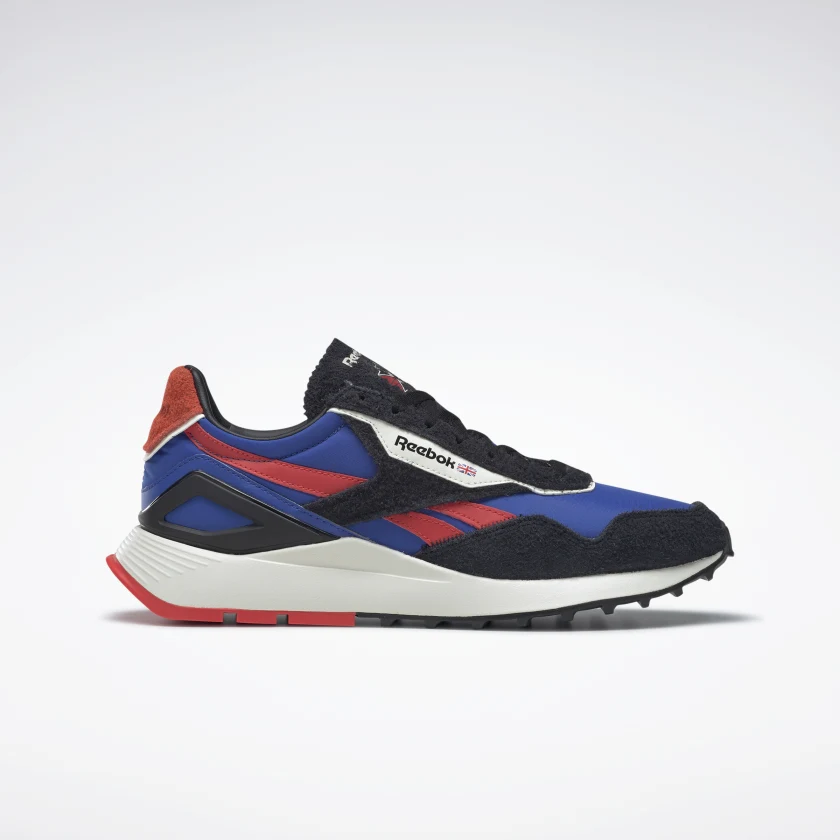
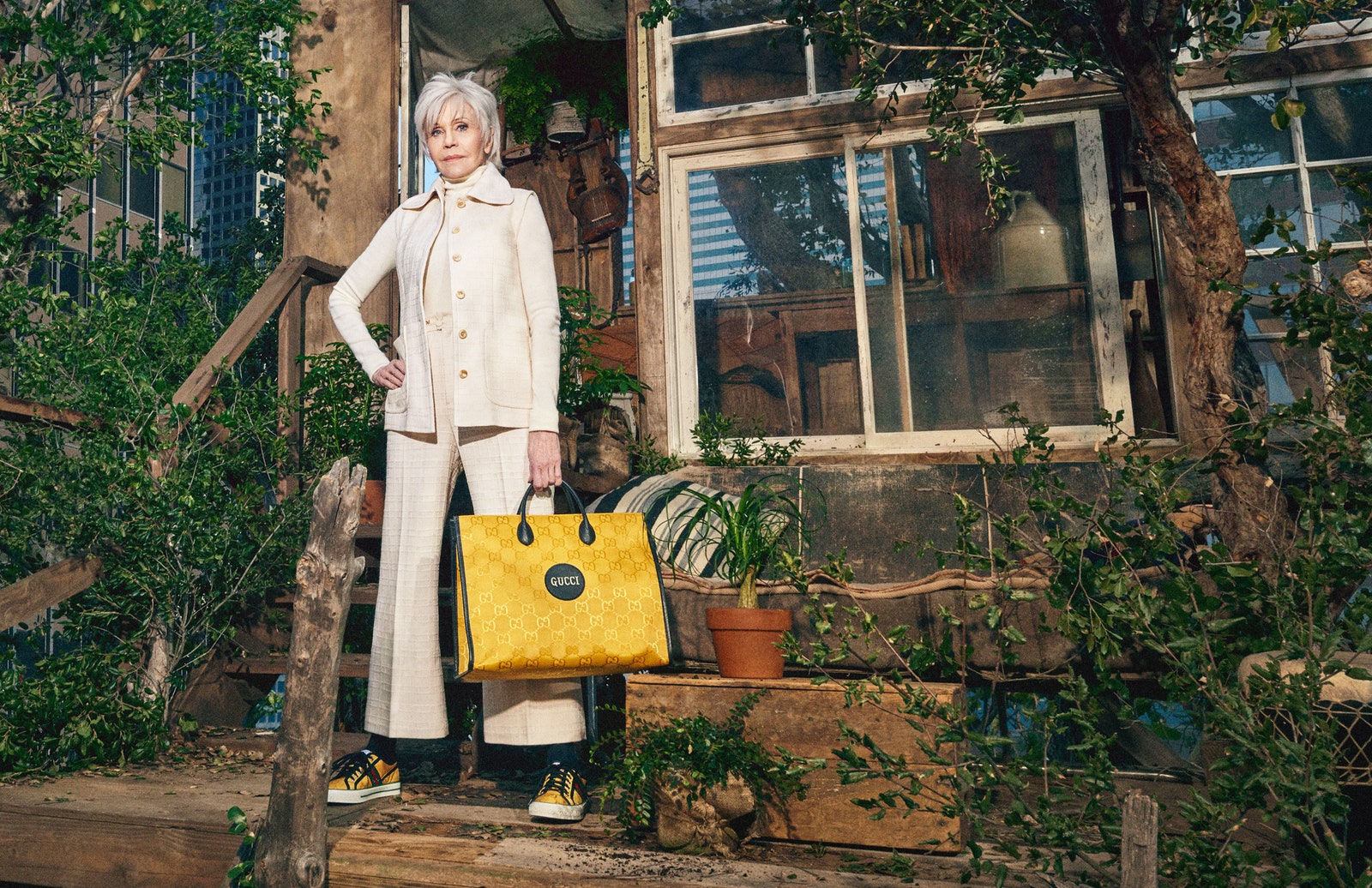
Research topics encouraged by the Circular Economy Subcommittee
In addition to the plan to focus on promoting CE Enablers and CE Champions as mentioned above, Dr. Pongwipa added that there is also a plan to support more research on CE Platforms, because in the past 2 years, the Circular Economy Subcommittee of the PMUC has helped to drive good results. More people are interested in the idea of CE Platform. Now there are more commercial platforms for exchange of waste, called waste exchange platforms to be seen more ubiquitously, and soon there will also be a platform in the field of fashion and textiles. How to recycle used textiles into wearable clothes or other novel textile products which are appealing to consumers? We are starting to have more platforms like these, including a platform to exchange agricultural waste, instead of letting it become trash to be thrown away. Especially of there is a good waste separation method, it can be converted to fertilizer or soil amendment solutions. Now there are some ideas to take food waste from the agricultural sector, department stores, or convenience stores and to figure out ways to convert the waste into other materials besides soil amendment solutions, etc.
Perspective on the use of circular economy concept to increase business opportunities along with addressing environmental concerns.
Dr. Pongwipa said that the concept of circular economy can help to increase business opportunities in a big way because now the world market is very interested in secondary materials, so this is an opportunity for the Thai business sector to directly export those goods at a price that is 2-3 times higher. However, first we have to provide supporting factors to enable those businesses to be able to export. The second factor is business, because the circular economy is not just about circulating resources, it’s also about digital sharing platforms, using digital technologies to help reduce resource consumption. This is a type of circular economy. Therefore, social sharing and reducing resource consumption also helps to create new business models. Now there are very interesting projects such as hotels, where old mattresses were usually thrown away and replaced. Now there is a business model to recycle old mattresses and turn them into new mattresses. This is another example of circular economy. Therefore, there are many business opportunities, because the circular economy is actually creating business opportunities by circulating resources, creating new and smart usage of resources, or reducing the consumption of resources. Digitalize or go directly to sharing platforms, for example.
Dr. Pongwipha also added that Products that are secondary materials sell for a better price than primary materials because they are popular. It’s fashionable, because this concept is accepted all over the world. Therefore, consumers in Europe or the U.S., with purchasing power, want to encourage the most efficient use of resources and reduce waste, so they are eager to buy these products at a higher price. When these products can sell for higher prices, the leading manufacturing companies that produce clothes, shoes, or similar products see an opportunity, and so they buy fabrics or materials made from recycled waste from us at higher prices, because these materials are even rarer than primary materials since they had to be fetched from the trash, requiring a lot more effort. Therefore, consumers are willing to pay a high price. When the prices are higher, market mechanism dictates higher demand abroad. All of this helps to promote more utilization of waste, all of which contributes even more to a circular economy.
Considering current global crisis with increasingly frequent natural disasters due to environmental problems, how do you see the idea of circular economy helping to reduce this problem?
Dr. Pongwipa replied that the circular economy concept would greatly reduce environmental problems, because the circular economy is not just about resources or waste. The circular economy also results in the reduction of energy consumption in the context of the production process. because we reduce resources, we also reduce energy consumption. We use more secondary materials, so it reduces greenhouse gas emissions, which is a major cause of climate change and global turmoil. The various disasters that we now see all stem from climate change. The unseasonal precipitation patterns, abnormally heavy rain, flooding or drought. These are all caused by global warming, which is an effect brought on by greenhouse gas emissions from human activities, with the biggest
contributing factor in Thailand being excessive energy consumption. If we can apply the principles of the circular economy, there will be less greenhouse gas emissions from the energy, transport and housing sectors because we use less resources. We deal with waste more efficiently instead of having to dump waste into piles or landfills. The main greenhouse gas generated from piles or landfills of waste is methane, which is the second highest greenhouse gas after carbon dioxide, which cause global warming. If we are able to reduce downstream management and make waste reusable, there will be less need to pile, store, or make landfills, all of which produce methane gas. Meanwhile, if we use less resources, overall energy consumption will be reduced. Because the energy consumed in managing secondary materials is lower than the energy consumed to extract primary materials. Consequently, benefits to us is two folds: lower greenhouse gas emissions, and global warming is lessened, therefore we should see a decline in natural disasters.

From the interview with Dr. Pongwipa, we gained a new perspective and saw an opportunity to bring
the concept of the circular economy to increase business value, along with helping to reduce environmental problems and reduce the use of national resources, which is the objective that the PMUC has always emphasized. The PMUC is ready to provide research funding to promote the creation of knowledge base, development of innovations and businesses that will help drive various industries of the country to increase competitiveness and sustainability.

